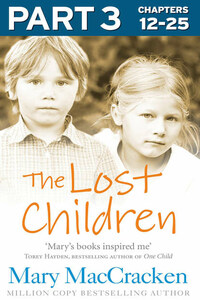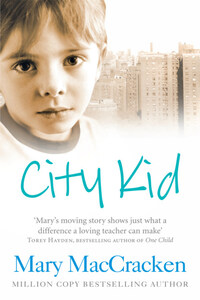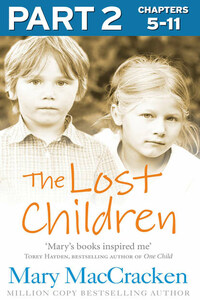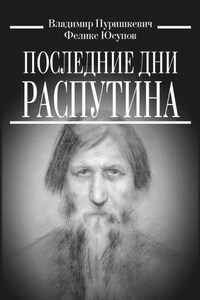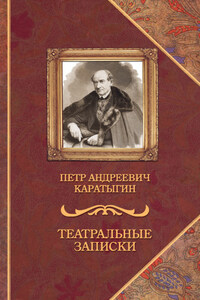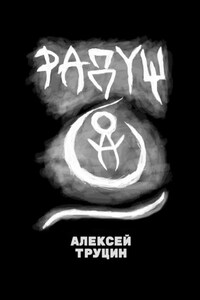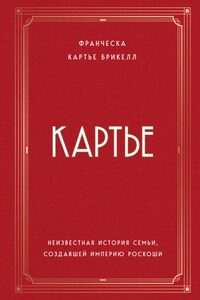“I don’t know anything at all about team teaching,” I say to Dan.
“You’re an expert.”
“How’s that? How did I get to be an expert?”
“Because it’s just what we’ve been doing the last couple of months, combining our classes, except that next year we’ll be in the same classroom all the time. One big room for eight kids instead of two small ones. See, the thing is this. Doris wants to bring in six more kids – two more for you plus one more teacher and four kids. And if you and I combine in the big room, that will free one of the rooms for the new class.”
“And our room? What will that be like?” I ask, trying to get a picture.
“It’ll be good. Open. The kids can work in small groups; we’ll have two aides each morning, so that will be four of us. We can get a science project going – art, reading, math – and the kids can move back and forth between the groups. Freedom in a structured setting.”
“Where’s the structure?”
“Us. We’re structured. We believe in the same things, the same kind of discipline, responsibility. We let the kids grow at their own pace, provide the materials and help if they need it; let them test themselves with us … For God’s sake, I can’t put it in words … you know what I mean.”
I did. I knew.
“What does Doris think?” I asked.
“She’s all for it. She wants more kids, hopes eventually to have room for forty in the new building. Besides – more kids, more money.”
“Dan. That’s not fair.” This was one of the few things we disagreed about: the Director. Dan was antagonistic toward her, whereas I felt an increasing respect for this woman who had managed to found the school and keep it operating for thirteen years. And her dream was coming closer. There was an architect’s rendering now of the new building. Formal fund-raising was starting. Dan found her stubborn, unwilling to change; he disliked the way she said one thing one day, another the next, agreeing with the psychologist during staff meetings, disagreeing with him after he left.
To me – she survived. And kept us all surviving with her. There was tremendous strength inside her slender body and she used every ounce of it, playing the odds, swaying back and forth, it’s true, like a tree in a storm, this way toward the board of trustees, back to the teachers, leaning toward the professionals, bending to the parents; but this was her secret of survival. The pressures upon her were incredible. She could not remain rigid or she would be felled. She was strange about money, fishing old broken crayons out of the wastebasket, cutting up partly used paper for scraps. But she used the scraps. She sacrificed for her dream – the new school.
Dan was not concerned with some future dream: he was young, he was interested in now. He wanted good conditions, good supplies of materials for his kids right now. Why should they, his boys, suffer for some old woman’s distant dream?
Dan’s other complaint was that Doris did not visit the classrooms enough, was not in close enough touch with the children, the teachers. She was not, he said, aware of what we were doing and trying to do. Consequently, Dan, like a child himself, felt that if she didn’t care enough to find out, he had no obligation to inform her.
But again the fact remained: we did survive, and more than that, we grew. Through all our crises, big and small – in spite of ourselves. Matthew on the mountain, for instance, could have been a tragedy, but wasn’t. Now in some strange way our classes were closer than ever. We had known fear and not been torn apart by it; we had made mistakes and not turned on each other. Matthew was no longer so wild; when we crossed even the small street to the graveyard he came and put his hand into mine, never looking at me – but our hands clasped as we crossed the street.
In any event, for once Dan and Doris both wanted the same thing, though for different reasons. Doris wanted more children; Dan wanted to try the concept of team teaching. Whatever my reservations were, they seemed small in the face of their united decision.
“All right,” I said, “let’s try it.”
The last days of school were hot. We worked hard, conscious of trying to prepare the children for summer, give them as many skills, as much self-reliance, as we could, then staying late in the afternoon, planning for the next year. It was hard to say good-bye. Tired as we all were, we had grown used to each other and were conscious of how much we would miss one another.
We had a final party in place of the usual staff meeting. We held it in Jerry Cramer’s backyard, out on the flagstone terrace, overlooking a long meadow filled with apple trees and bordered by low stone walls. The terrace faced west and the late afternoon sun hung over the low range of mountains that rose at the end of the meadow.
Jerry was our psychiatric social worker; he was also a psychologist. He spent more time at the school than the other professionals, often without pay. He had a long, soft, gray mustache, steel-rimmed glasses, and a gentle manner. Though he had his human failings (always trying to stop smoking, which never lasted more than a day), he loved the children and they knew it. They would often go of their own volition to stand beside him or sit near him at Circle.
